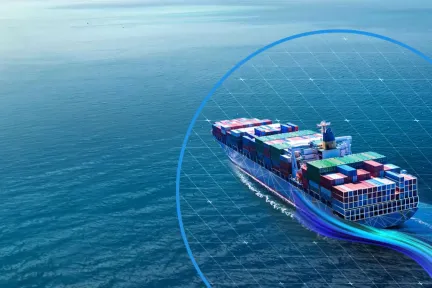#12: How Can We Create an Economy That’s Sustainable and Profitable?
Circularity embraces a fundamental economic transformation that redefines product design, the materials used and how businesses operate.
#12: How Can We Create an Economy That’s Sustainable and Profitable?
In this episode, we explore the key question: How can we bring to life a circular economy that’s both scalable and especially profitable? The answer lies in technology. Discover how the right technology can help companies retain the value of materials and products throughout the value chain.
To learn more about the circular economy, click here to get started.
Meet our speakers
Read the transcript
Narrator: This is Disruptors Unleashed, a series by Dassault Systèmes that highlights the disruptive technologies shaping our world, and the trailblazers igniting transformative change across industries. Previously, Pascal Daloz and Philippine de T’Serclaes looked at the radical systems and practices needed to have a more sustainable future. But that's only one part of the big picture.
Philippine joins us again this week to speak with Philippe Laufer, executive vice president of global brands at Dassault Systèmes, on the next step of creating a more sustainable future — turning ideas into reality through ground-breaking technologies that help companies retain the value of materials and products throughout the value chain.
Philippine: Hello, Philippe.
Pascal: Hello, Philippine.
Philippine: So today, in a world moving to an acceleration to a sustainable economy, we are moving away from the linear economy to a more circular economy – in which raw materials and products need to be designed for multiple uses – and we at Dassault Systèmes believe that we can help tremendously in this acceleration. What are your reasons to believe, Philippe?
Philippe: Well, at Dassault Systèmes, we combine art, science and technology with knowledge and know-how to address industry challenges. We have been doing that for more than 40 years. In the case of a circular economy, our clients can get faster at deploying our virtual twin experience technology as well as the 3DEXPERIENCE® integrated platform as the collaborative environment for innovation. So that's how we can move forward with technology that can design out value leakage.













